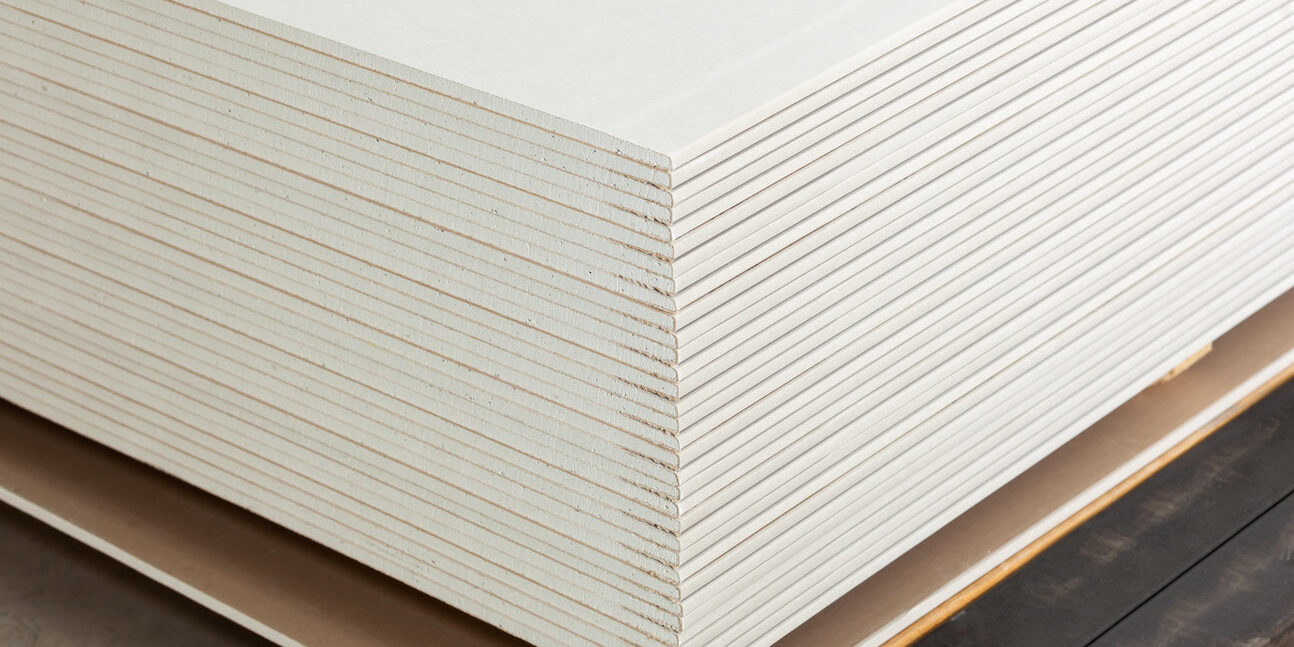Renovating new or old spaces can be an exciting time as it’s a chance to bring some innovation to your home. Thanks to more modern techniques in the industry, homeowners don’t have to trouble themselves with expensive and time-consuming construction work.
Instead, they can now go for the cheaper and quicker option of using gypsum boards, all without sacrificing the quality of their new space’s foundation. If you’re a homeowner looking to learn about gypsum boards for your renovation or remodeling construction, then you’ve come to the right place.
Here is everything you need to know about improving your space through gypsum boards:
What Exactly Is Gypsum?
Gypsum boards consist of the mineral gypsum, which is easily accessible in the sedimentary rocks on every continent. The use of gypsum in construction isn’t new. In fact, it goes as far back as the time when the great pyramids of Egypt were being built.
Today, we use gypsum as wallboards or plaster products. They’re sometimes also called drywall, and you can use them for walls, floors, and ceilings of residential and commercial infrastructure.
How Are Gypsum Boards Made?
Gypsum boards or drywall are created by layering gypsum plaster between two thick sheets of paper. These sheets often come in sizes of about four feet by eight feet with varying thickness. When used on the ceiling, they’re much smaller and are called gypsum tiles.
The General Use of Gypsum Boards
Gypsum is an excellent material to use while following local building codes and preventing fire hazards because they’re not flammable. In some places, it’s even mandated that you should install extra layers of the boards in areas like garages and furnaces for added protection.
As wall linings, you can easily fasten gypsum boards to metal or wood studs after they’re cut to size. Once you’re done installing them, any spaces are filled with drywall compounds and covered with narrow strips of tape specifically made for drywall. After they dry up, the tape is covered until all surfaces can be sanded smooth and painted on entirely.
Gypsum Ceilings
When it comes to ceilings, you can utilize gypsum tiles along with a ceiling suspension system. The system is made of a lattice, which comprises strips of wood or metal fastened together in a square or diamond-shaped pattern. The open spaces in these patterns are where professionals begin tile installations.
You can often find suspended ceilings in offices and commercial buildings, but they can also suit different types of rooms. Depending on the tile design, gypsum ceilings can offer various acoustical and aesthetic features, perfect for residential buildings.
Conclusion
Many people are now choosing to go with gypsum boards for their walls and ceilings. It is primarily thanks to their quick installation process in the overall construction work. While the material is prone to moisture damage, there is a simple fix available. Homeowners can easily treat gypsum boards chemically to make them resistant to moisture.
Installing gypsum boards is so easy that some homeowners have even tried doing the procedure themselves. However, it is highly recommended to have professionals do it for you, especially when it comes to tile installations for your gypsum ceiling.
European Painting and Electrical Services Co. Ltd. is one of the best companies offering painting and construction work in Pattaya, Thailand. Head on over to our website to see which services you can avail of today.







